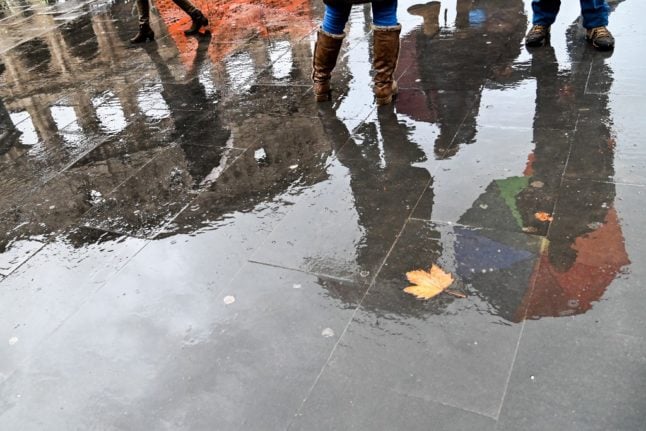As the Easter weekend begins, unfortunately forecasts appear to confirm the ‘wet Easter’ trend of the past couple of years, as well as a sudden drop in temperatures.
According to the latest reports, cold air currents from northern Europe are expected to swoop down on the northernmost Italian regions during the night between Friday and Saturday.
These cold currents are expected to cause rain storms across northern and central Italy all through Saturday.
The regions of Trentino-Alto Adige, Friuli Venezia Giulia, Veneto and Lombardy might also be subject to localised hailstorms, reports Italian weather news site Il Meteo.
Overall, the descent of the above-mentioned arctic currents means temperatures are expected to drop from the 25-27C seen over the last couple of days to around 15-18C this weekend.
Come ogni Pasquetta che si rispetti…#meteoironia https://t.co/3kmFVsNwEA
— 3B Meteo (@3BMeteo) April 13, 2022
On Easter Sunday, conditions will improve significantly in the north and centre of the country – but take your umbrella if you’re in the southern regions of Puglia, Basilicata, Calabria or Sicily, where rain showers are expected again.
Weather conditions should stabilise later on Sunday across the peninsula, with Sicily and the Salento region in Puglia as the sole exceptions: some rain showers and moderate winds might persist in these areas.




 Please whitelist us to continue reading.
Please whitelist us to continue reading.
Member comments